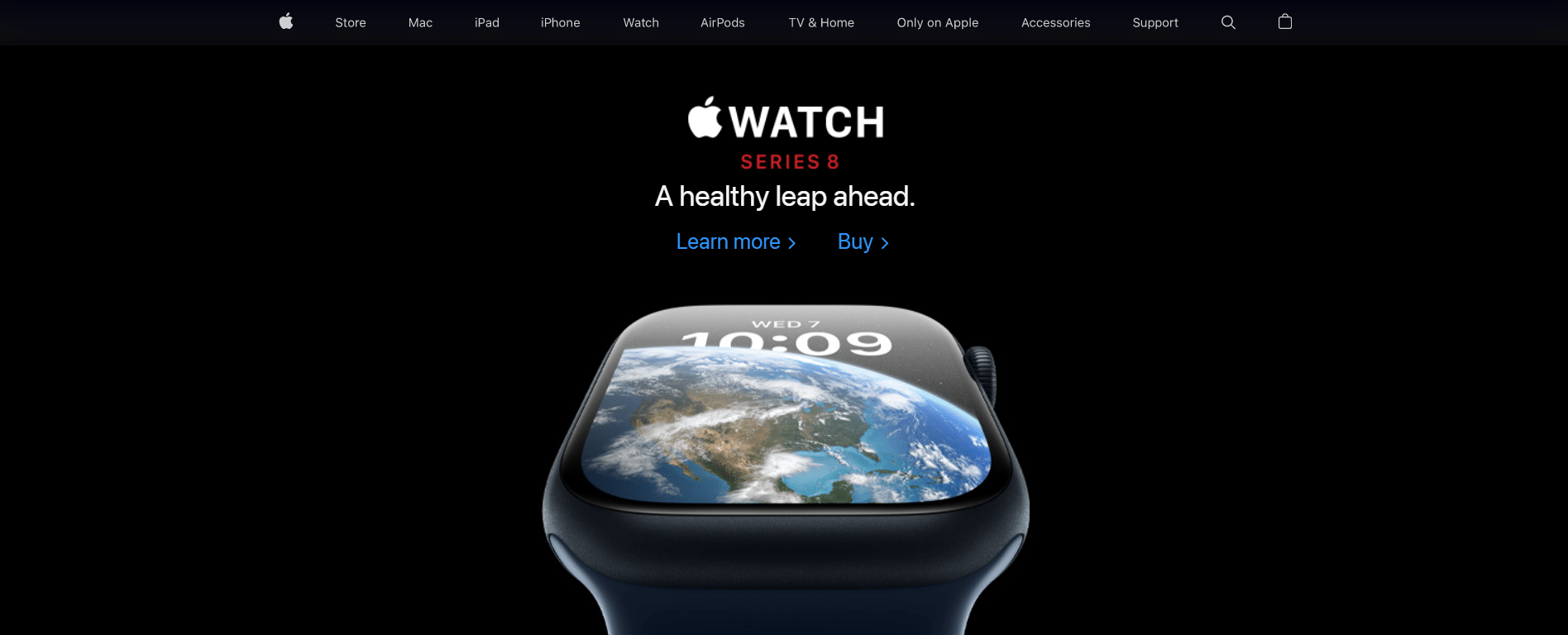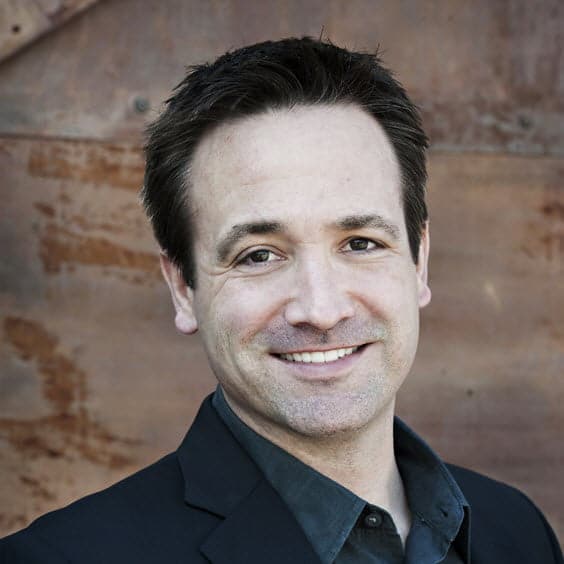Did you know that the typical website visitor only spends no more than three minutes on a site?
As such, optimizing your landing pages is more important than ever today as they are too critical in determining the success of your lead generation efforts. They are an excellent way to boost traffic, improve SEO, and build your online brand reputation.
In contrast to standard web pages, landing pages are intended to focus only on one specific response (Call to Action) from their visitors. Because of this, landing pages are the most effective tool for boosting the ROI of your marketing efforts and decreasing the price per lead or sale.
Keep in mind that getting regular traffic to your website is one thing. But the next step is to convert these page visitors into paying customers for your business. And what better way to convert these leads than optimizing your landing pages?
Landing pages are a form of marketing that, despite their Machiavellian appearance, has evolved through time. That’s why I’ve rounded the top tips and tricks from giants in the digital marketing world to help you with your landing page optimization goals.
Let’s get started.
FEATURED digital MARKETING EXPERTS
Gary Vee
Neil Patel
Rand Fishkin
Larry Kim
Brad McMillen
Jay Baer
Decide whether to Go for a Jab or Right Hook. (Gary Vee)
When it comes to optimizing your landing pages, Gary Vee believes that it all boils down to two different outcomes.
- First, you may make a jab by offering something helpful to your website visitors. Think of a fascinating read, practical advice that can be used, or a subject matter that piques your interest.
- Second, you may also go for the right hook and make an immediate and direct request to click on your CTA. Since this may be the only page a potential customer sees, your company’s pitch must have a quick, irresistible hook.
Gary Vee’s own experience can attest to his advice. When he first launched VaynerMedia, his company website needed to be more organized. He displayed tons of information that wasn’t necessary to advertise at the moment.
That said, he says that the best landing page optimization strategy should directly reflect your goals. Your website’s landing page is crucial, so everything you do should establish the goal you’ve set for your business.
Leverage Testimonials. (Neil Patel)
One of the best landing page tips I learned from Neil Patel is to avoid selling your products or services.
Instead, you want your customers to do the selling for you.
Most of your clients will check out previous customer feedback posted online before making a purchase. That said, it’s a must for your business to collect reviews from satisfied customers.
Many other companies have a separate page dedicated to testimonials, but only a few people check this out. They need more time or interest to discover your site thoroughly. That’s why you’re better off displaying the testimonials prominently, even on the homepage.

(Source: Work the System)
Keep your Landing Page Simple, Short, and Sweet. (Neil Patel)
Another golden nugget from Neil Patel is to ensure that your landing page must have limited choices – if possible.
On average, most website visitors already have a lot on their plates and constantly have to rush their next deadline or scheduled meeting. With that in mind, the user experience on your landing page shouldn’t have to be frustrating.
A good rule of thumb is to keep your landing page as simple as possible. Start by reducing the number of on-screen options they need to make, as they may need help with you if you present them with an abundance of choices.
Use High-Quality Images. (Neil Patel)
Your website visitors are visual creatures, most of them at least! In 94% of cases, page visitors form their first impression of a website based on its design.
And since processing this information requires milliseconds, your visitors can decide whether they want to stay faster than in the blink of an eye. If you’re looking to keep users glued to your landing pages, Neil Patel advises using high-quality photos if you still need to.
Here’s Apple showcasing their product designed with stark simplicity.

Limit Scrolling Length. (Neil Patel)
Good news: most site visitors now scroll down the page beyond your website’sfold. Nearly two-thirds of the time people spend on a website is spent scrolling down to check the information presented below. But this shouldn’t mean you should overload your landing page.
There is the right time to use lengthy sales pages, which can work in some cases– such as the context of paid advertisements directed at cold traffic, where they have a high conversion rate. However, according to Neil Patel, they can also be counterproductive depending on the task. Tread lightly!
Determine what Resonates with Visitors. (Rand Fishkin)
How does one master the art of making an irresistible offer that influences your target audience?
Rand Fishkin shares the single most effective CRO strategy in his toolkit:Contact potential consumers who match your current clientele’s demographic and psychographic profile using surveys, in-person meetings, or telephone conversations.
For instance: If pet owners are the target audience, interview 10 of them and ask: “What do you want to know about pet sitting?”, “Is there anything you need to know before committing?”
If you want to convert visitors into customers, your landing page must answer the same four or five questions that come up over and over again.
Communicate your Unique Value Proposition clearly. (Rand Fishkin)
It’s nearly impossible to make an impression on customers who need what you’re offering if your landing page is all over the place. Hence, Rand Fishkin advises that your landing page effectively communicates your unique value proposition.
Think of it this way:Good design without clarity of value = bad landing page etiquette
You can do a great job explaining your offer, but if you fail to convey what makes yours unique, it might not give you the results you’re hoping for. Visitors need to feel like they need somewhere else to turn and that your business is the only viable option for solving their problem.
Lead with a Benefit-Driven Headline and Use Subheads. (Rand Fishkin)
Use benefit-driven headlines (as much as possible), and stay focused on the value of subheads on your landing pages. Per Rand Fishkin and company, the subhead helps you shorten your header. When you use a subheadline, you may make your header even more concise and obvious.
And the more concise something is while still conveying the intended meaning and striking an emotional chord, the better. Describe in detail, highlight the benefits, and explain why it’s superior to similar offers. Customers are more likely to purchase when it’s easy to understand. Clarity trumps any psychological word trickery.
Keep the Messaging between Ads and Landing Pages Consistent. (Larry Kim)
This next landing page optimization tip from Larry Kim may sound like a no-brainer, but you’d be surprised at how many brands need to be consistent with the messaging between their ads and landing pages.
To put it simply, there’s only use in advertising if your landing page matches your paid ad’s promise. The landing page is highly relevant and must be consistent with the advertisement. Again, this may sound apparent, yet many advertisers today direct PPC visitors to either their homepage (poor) or a generic splash page. Yikes.
Always ensure your messages are coherent!
Radically Change the Sign-Up Flow of Your Landing Pages. (Larry Kim)
Another landing page tip from Larry Kim is to avoid minor optimizations now and then, as it yields little (to no) results most of the time.
You might think you’re making progress by fiddling with things like button colors and font kerning, but in reality, you’re just spending time and losing out on potentially substantial conversion boosts.
If you want significant outcomes, you need substantial adjustments. You can considerably alter the sign-up process on your landing pages!
A/B Test the Position of Forms on Landing Pages. (Larry Kim)
Similarly, Larry Kim also believes that you should consider the optimal placement of forms on your landing pages. Data shows a direct correlation between testing elements like form position and conversion rates to optimize your landing page.
Make your Landing Page Forms Mobile-Friendly. (Larry Kim)

Have you ever completed an online form on your mobile phone or tablet? Let me guess… The answer seems like a definite yes!
Larry Kim advises that your mobile landing pages and the forms on them must make it as easy as possible for customers to convert while they’re on the go.
Put yourself in the user’s shoes. Mobile ads are so successful nowadays because they appeal to consumers’ need to buy something right now. You’ll get more conversions if you make doing business with you as simple as possible!
Craft a Killer Call-to-Action. (Larry Kim)
The use of SUBMIT as a CTA is so 2005 that it’s time to move on. Larry Kim believes a solid call to action phrase is crucial to your landing page.
Many advertisers don’t give them more than a few minutes of thought, but they can differentiate between a bounce and a convert. No matter how well-designed the rest of your landing page is, it will only convert if your CTA is solid and NOT lacking.
Use the Voice of the Customer in your Copywriting. (Brad McMillen)
Although the landing page’s design is crucial, the page’s copy is equally, if not more so. That’s why Brad McMillen believes that the voice of the consumer is one of the most effective tools for developing an engaging landing page.
Most landing pages (and other forms of marketing collateral) rely excessively on sales-speak and other cliches. However, adopting the target audience’s native tongue is significantly more successful and will lead to much greater conversion rates.
One of the most effective ways to win over potential consumers is to speak directly to their wants and needs. This relies on an objective, data-driven research process that helps you understand what your customers want and why, so you can design your landing page accordingly.
Use Power Words in your Landing Page Copy. (Larry Kim)
Using the customer’s words is incredibly effective, but combined with “power words,” this can make your copywriting nearly impossible to resist. Larry Kim encourages using power words in your landing page copy if you want to amplify an already powerful message. This will make it practically irresistible.
Using power words is more than just picking out the correct phrases; it’s also about arranging your material in ways that reflect your readers’ sentiments.
Include Video on your Landing Pages. (Larry Kim)
Using rich text on your landing page may only overwhelm your visitors if you have a complicated message.
Why not consider using video instead?
According to Larry Kim, one of the best uses of video is to reinforce your brand’s message and identity. The prevalence of videos grows constantly. Specifically, video currently accounts for 69% of all internet usage. Certainly a significant sum, yeah?
Add in landing page performance that blows the competition out of the water, and you have a revenue-ripper bundle!
Avoid the Urge to Clutter Up your Landing Pages. (Jay Baer)
As per Jay Baer, it would be best to resist the temptation to jam your landing pages full of irrelevant products, messages, offers, and other fluff. This will only drive away your potential customers – or worse, make them think your website is a scam.
Personally, there is little point in having a website if the landing pages are just wall-to-wall text. A wall of text is like an uncontrolled pile of clothes on the floor. It’s unpleasant to look at and makes you want to get out of there as soon as possible.
Keep the text on your site to a minimum and focus on using compelling photos to keep visitors from clicking away! Also, be mindful of how you place text on your website so that it doesn’t overwhelm visitors as soon as they land on your page.
This can be achieved through drop-down menus, adequate white space around the text, and a reduced amount of text. No doubt, you want material on your site, but spread it out.
Hold the Hand of your Website Visitors. (Jay Baer)
It all comes down to wanting your page visitors to stop thinking twice about it and do it. Therefore, according to Jay Baer, putting guarantees, testimonials, and discounts on your landing page helps people feel safer purchasing.
Spending time and money tailoring the post-click experience of your prospects will help you stand out from the crowd. Doing so will also boost the performance of your paid search campaign, even if competition is rising.
(Related article: 8 SaaS Landing Page Best Practices To Get More Users)





